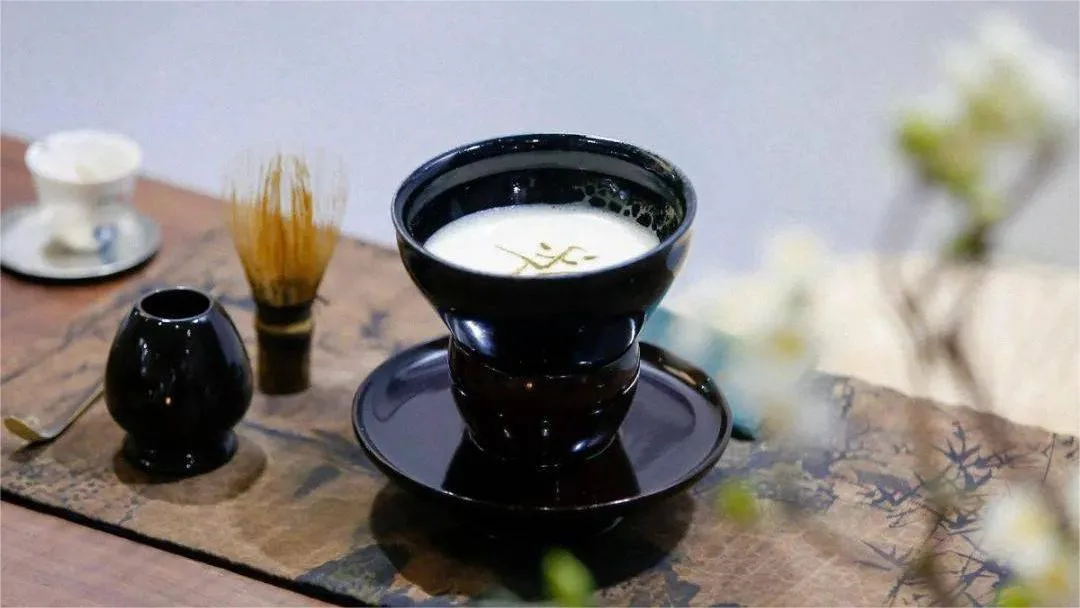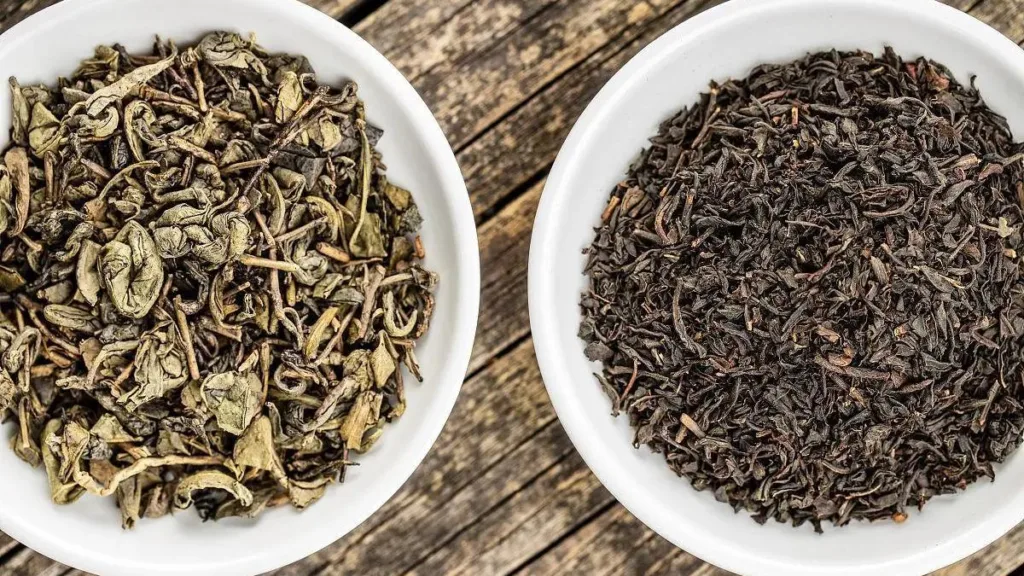The Chinese have been drinking tea for thousands of years, making it an integral part of their culture and lifestyle. Tea is not merely a beverage for the Chinese; it symbolizes tranquility and a peaceful state of mind. Its history in China is deeply rooted in tradition and has evolved over the centuries. Let’s explore the journey of tea in China spanning over six millennia.
Shennong Era: Tea’s history in China can be traced back to the Shennong era, more than 5000 years ago. During this period, people brewed tea using fresh tea leaves and primarily used it for medicinal purposes.
Western and Eastern Zhou Dynasties: Around 3000 years ago, during the Western and Eastern Zhou Dynasties, tea cultivation began. It was still considered more of a culinary ingredient at this time.
Qin Dynasty: The Qin Dynasty, around 2300 years ago, saw the transition of tea from a culinary ingredient to a beverage. People started to appreciate the art of making and enjoying tea, and it was prepared as a drink and soup.
Han Dynasty:
- Western Han Dynasty (over 2000 years ago): The commercialization of tea started during this era, and Chengdu became one of the earliest distribution centers for tea in China.
- Eastern Han Dynasty (over 1500 years ago): Tea cakes were developed to facilitate transportation.
Tang Dynasty (about 1200 ago): The Tang Dynasty played a pivotal role in the development of Chinese tea culture. Influenced by the economic and cultural prosperity of the era, the advocacy of tea culture by Lu Yu in his “Classic of Tea” (茶经) contributed to the flourishing tea culture during this time.
Song Dynasty (about 1000 years ago): The Song Dynasty further refined the art of tea brewing, emphasizing water quality and promoting the “tea fight” (斗茶) as a popular social activity.
Yuan Dynasty (about 700 ago): The Yuan Dynasty saw the emergence of loose-leaf tea. While cake tea remained the preference of the royal court, the practice of steeping tea leaves directly in boiling water became more common. This laid the foundation for the popularity of loose-leaf tea, which would grow in the Ming Dynasty.
Ming Dynasty (about 600 years ago): During the Ming Dynasty, the practice of pressing tea into cakes was replaced with the production of various tea types, including green tea, black tea, and scented tea. This era marked significant diversification in tea craftsmanship.
Qing Dynasty (about 300 ago): The Qing Dynasty marked a period when Chinese tea became globally renowned. China dominated the international tea market, with tea export being exclusive to China. Various tea processing methods, such as pan-frying and oven-drying, led to the creation of different tea types, including oolong, black, green, white, and flower teas.
Modern Times:
- 1846-1886: This period witnessed a boom in the Chinese tea industry, with the expansion of tea plantations, increased production, and the promotion of foreign trade.
- 1886-1947: The Chinese tea industry declined due to various factors, including political and economic challenges and international market competition.
- 1950s to the present: The Chinese government’s support and investment in the tea industry led to its recovery and development. Old tea gardens were restored, new ones established, and modern scientific methods applied to tea cultivation, setting China on the path to a stable and prosperous tea economy.
Throughout these millennia, tea has not only been a beverage but a reflection of Chinese culture, spirituality, and lifestyle, making it an enduring symbol of China’s history and heritage.



